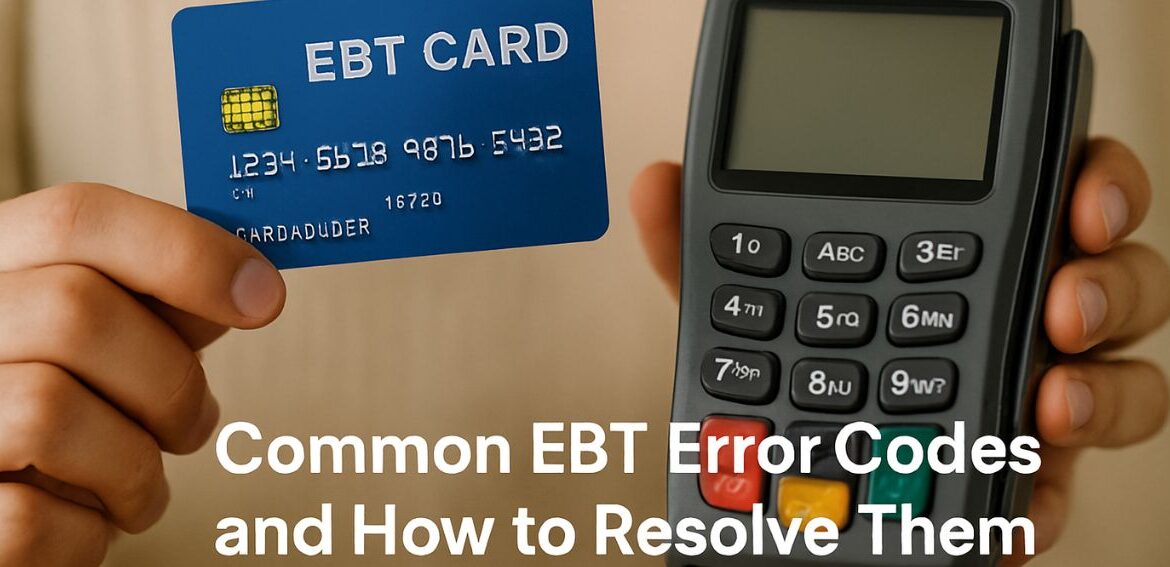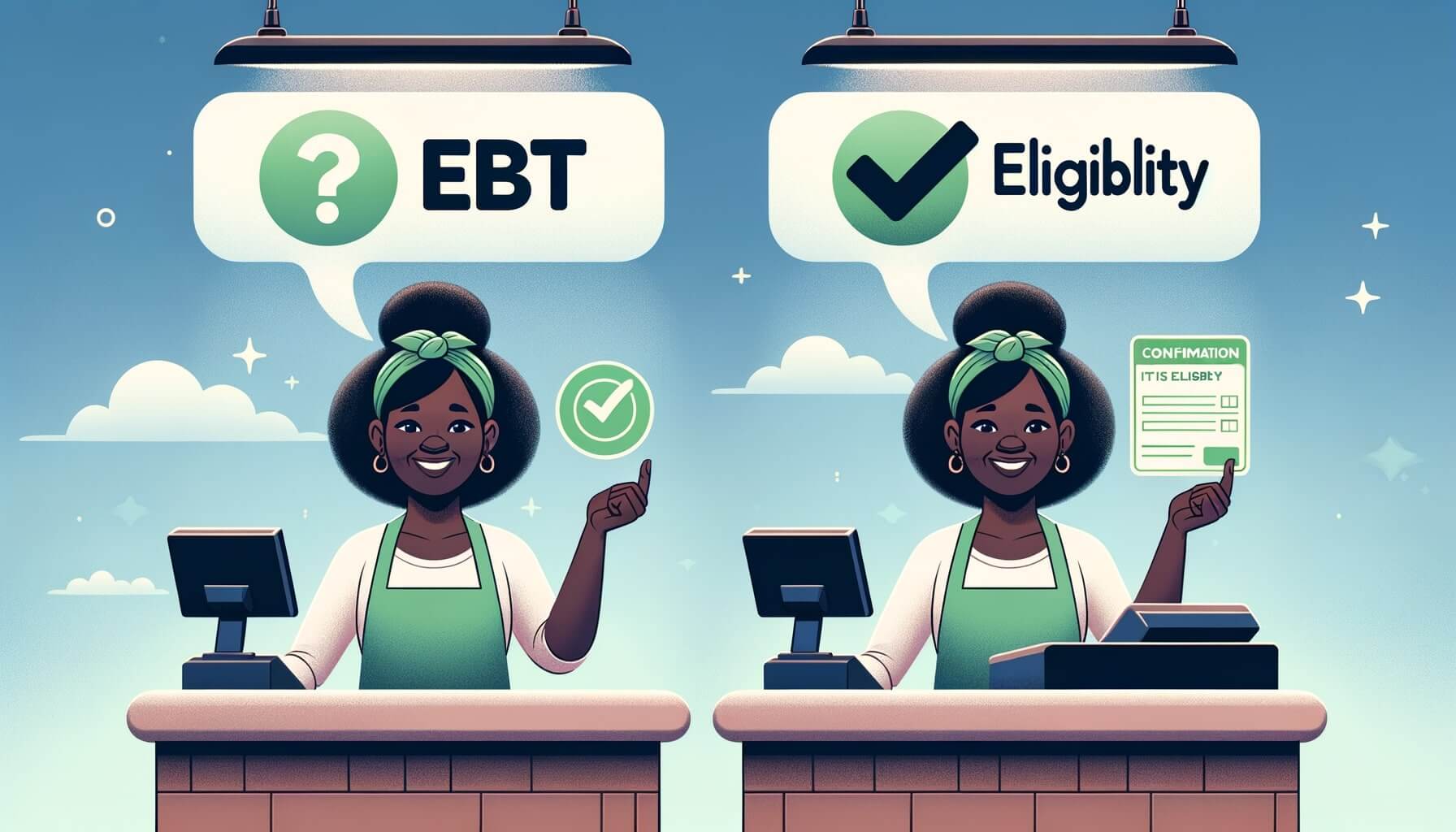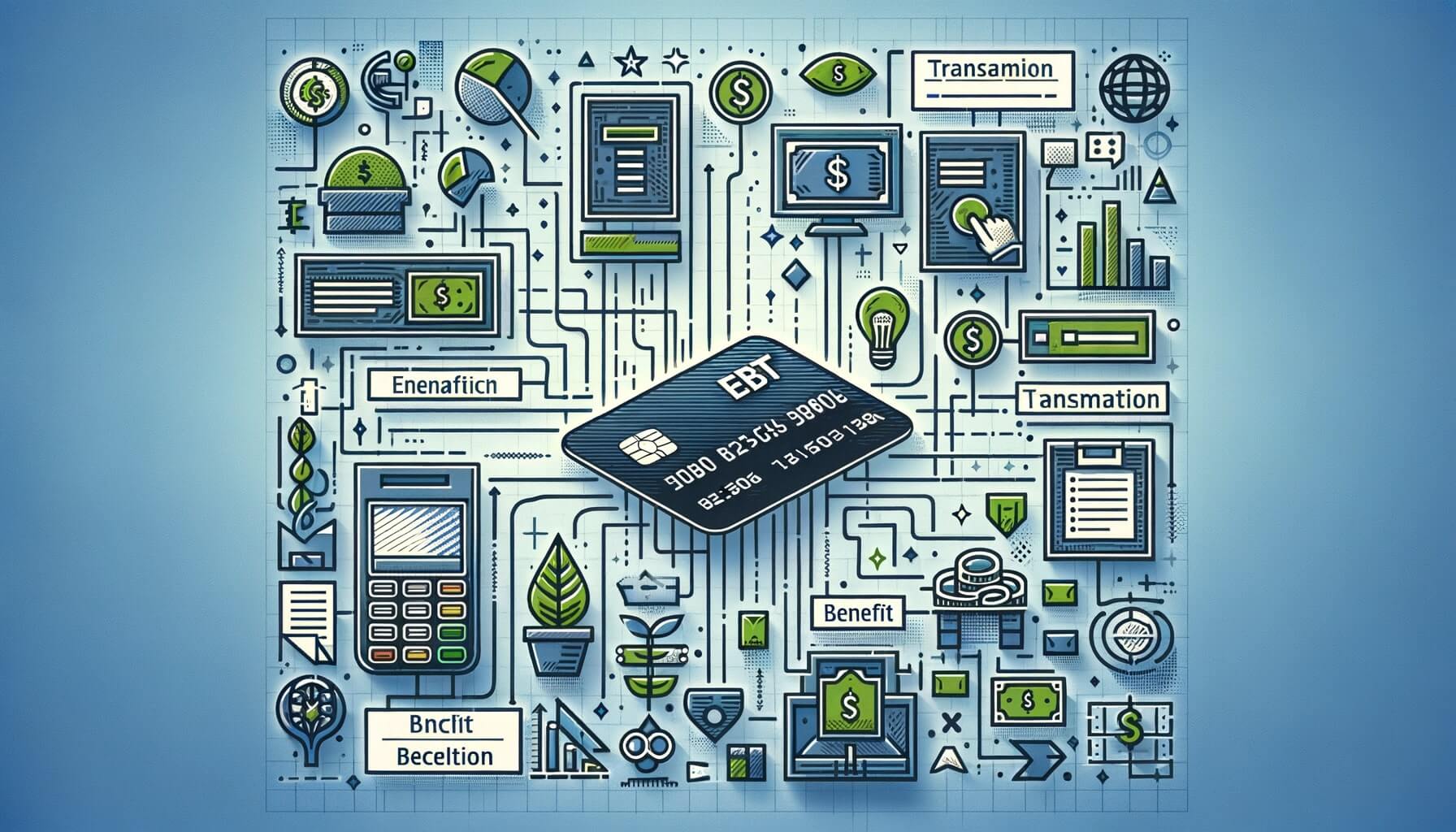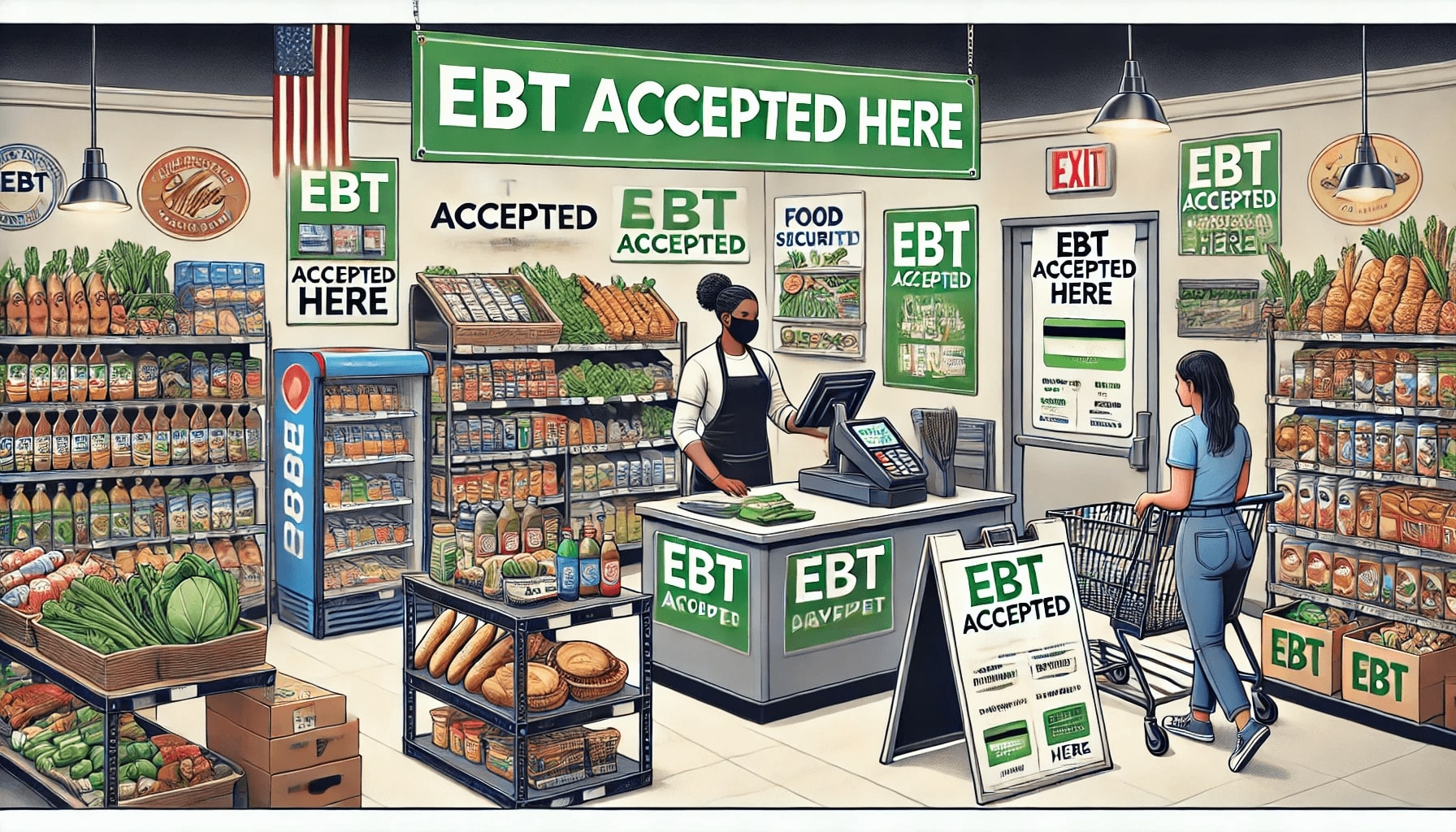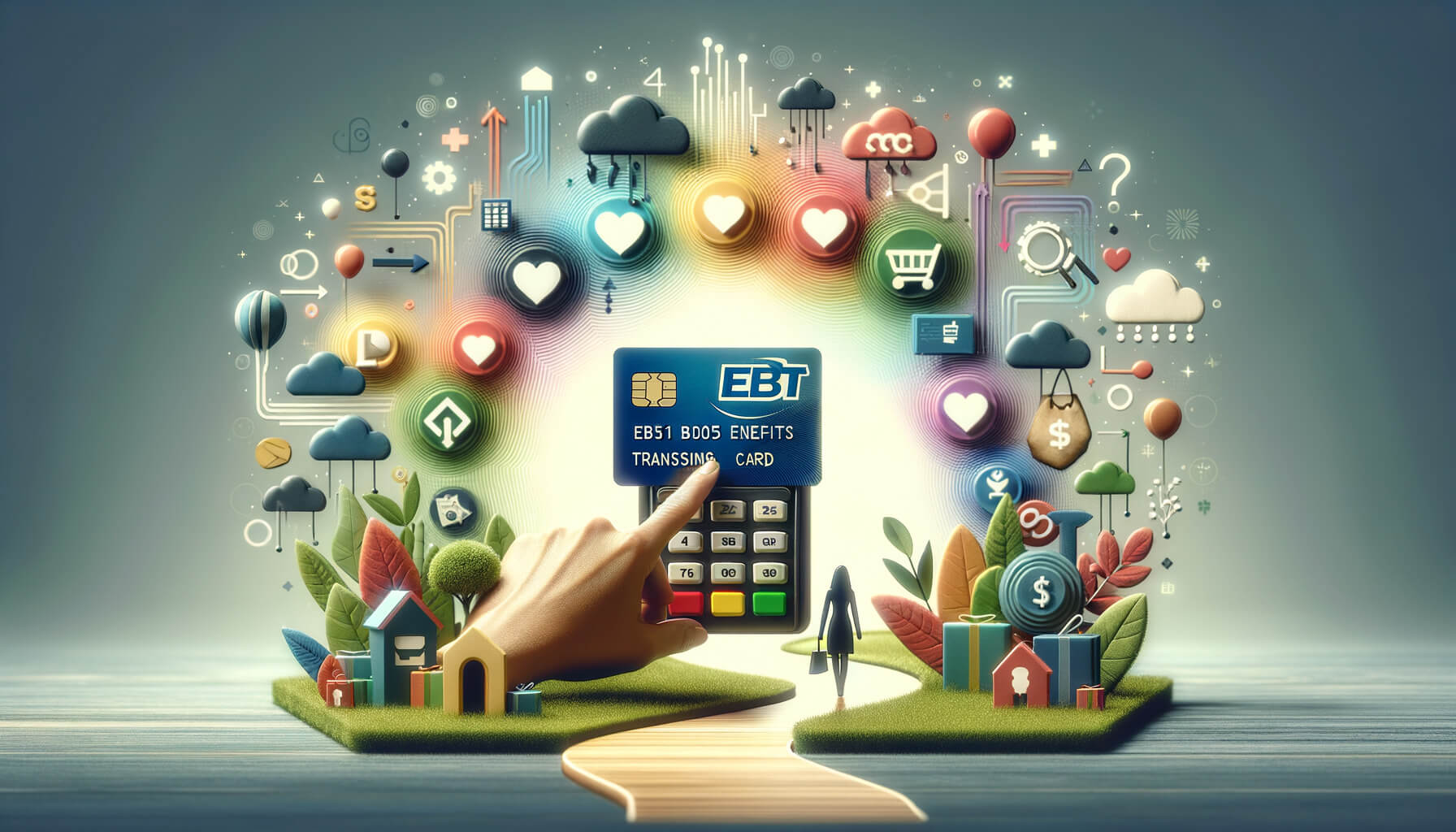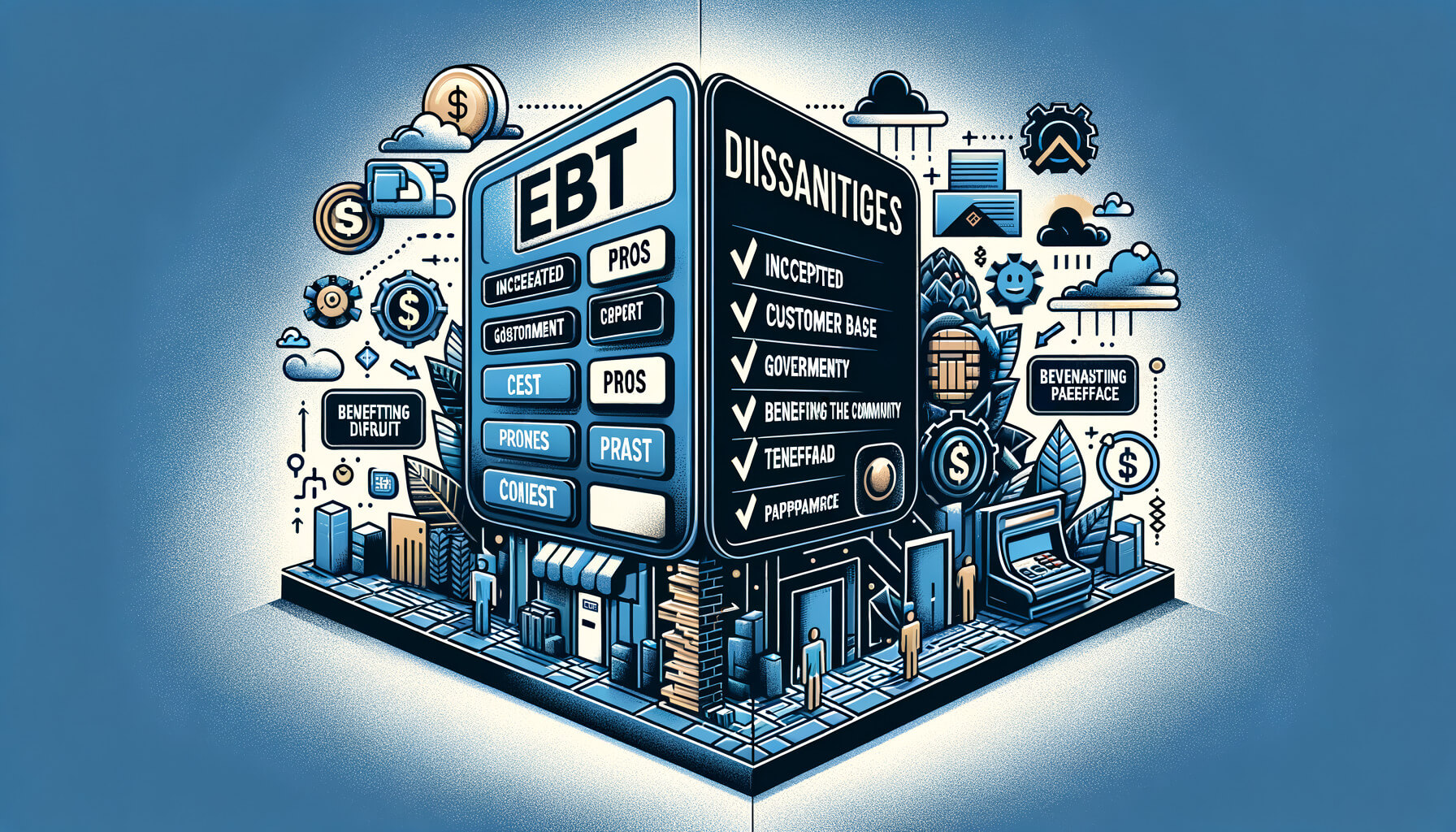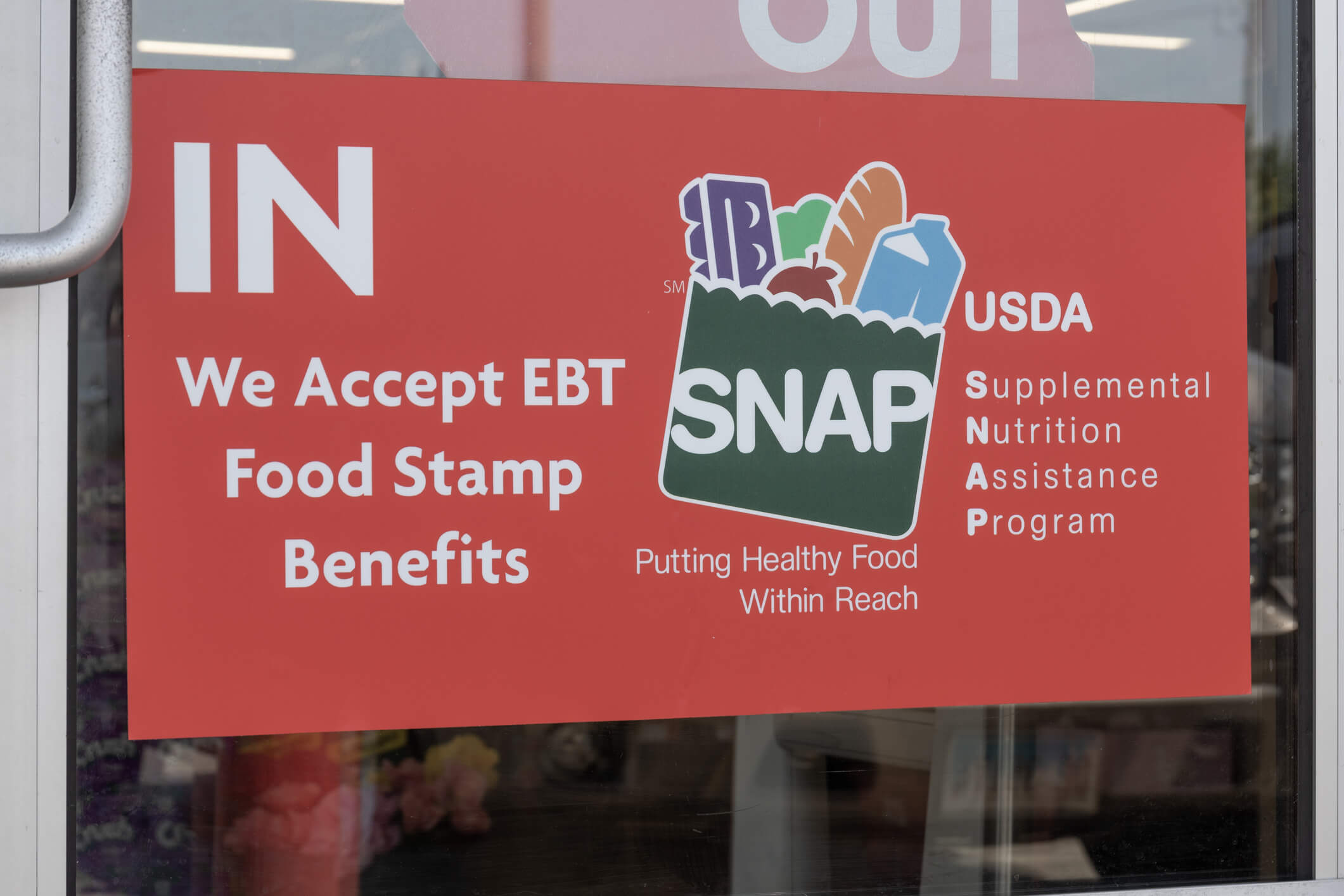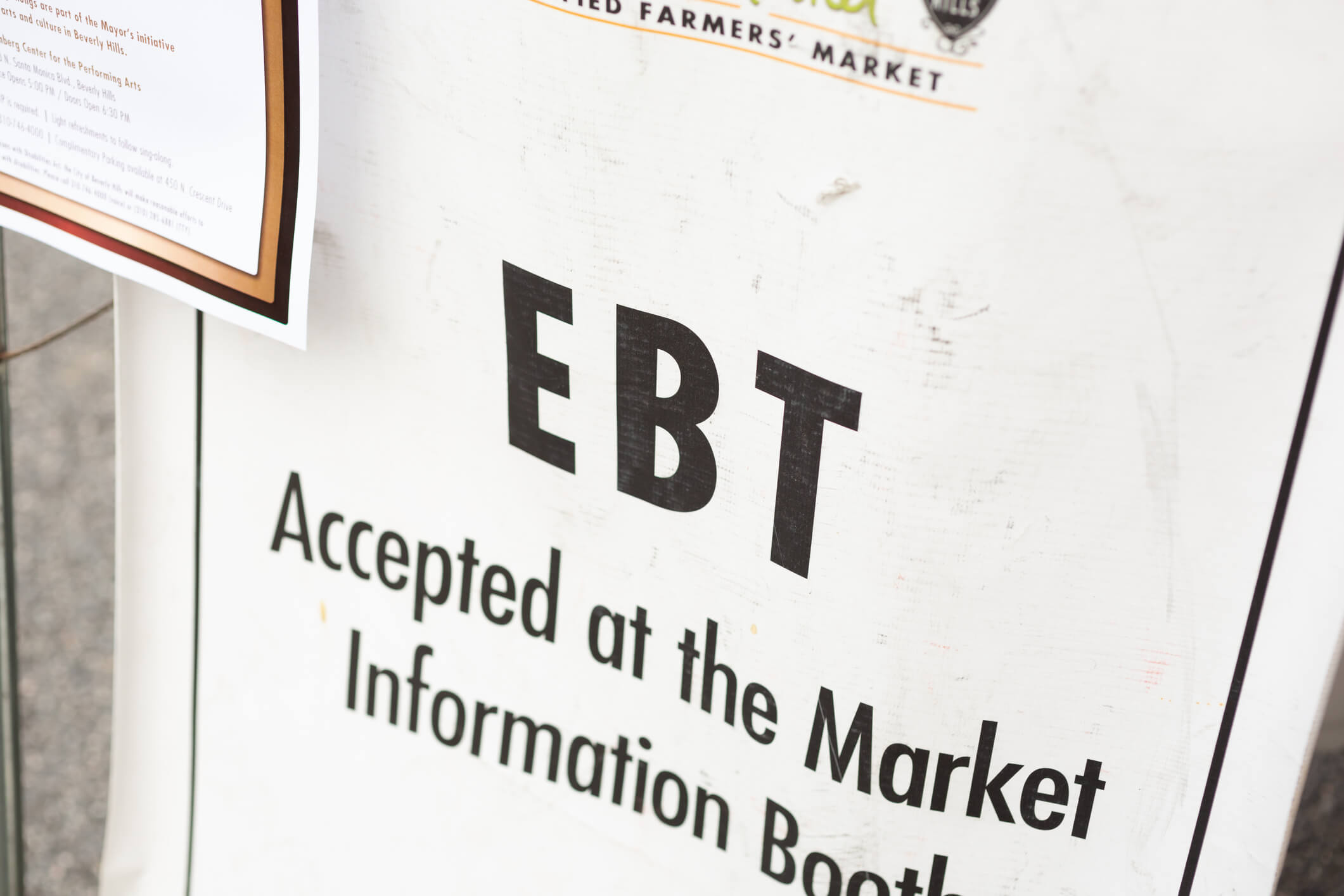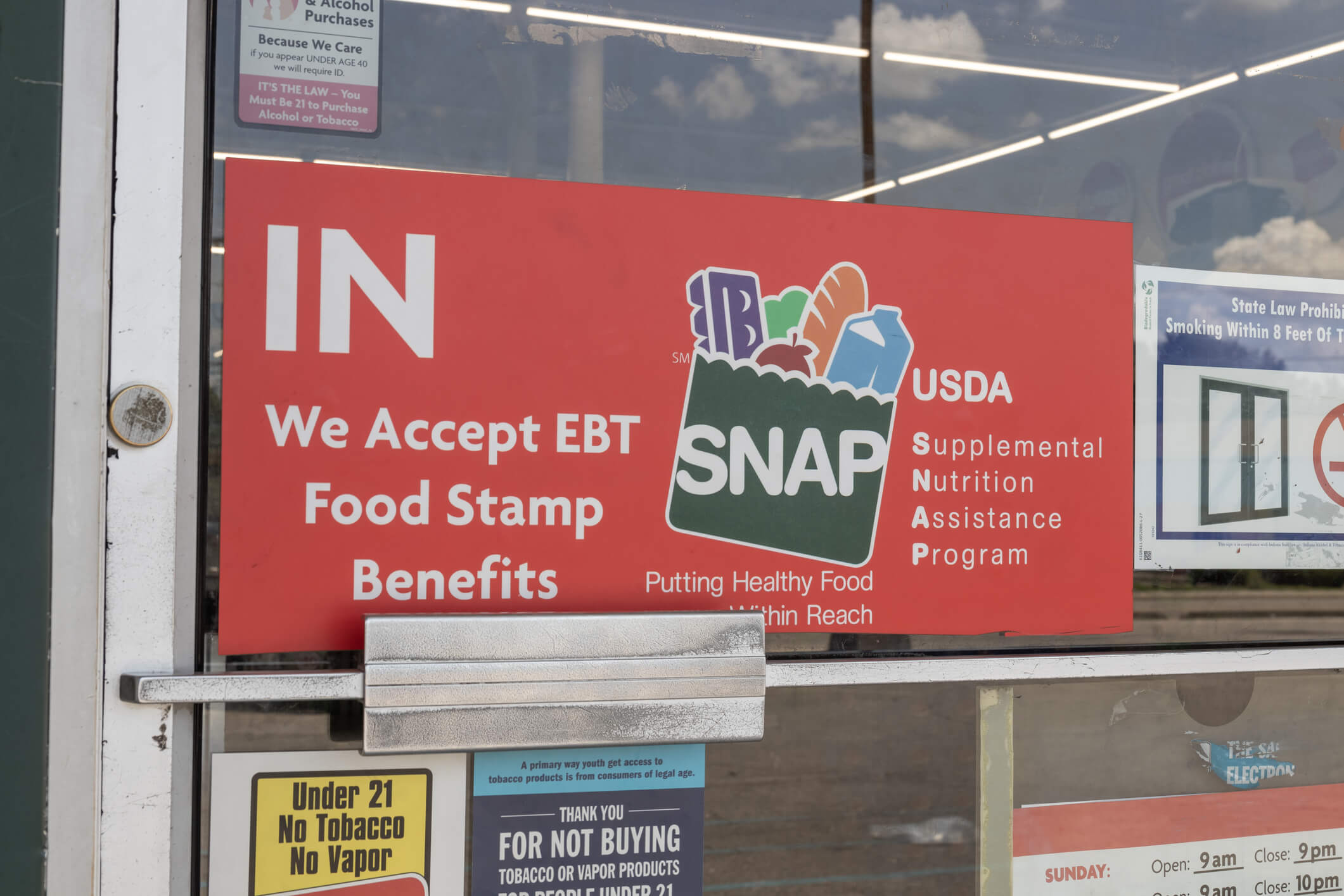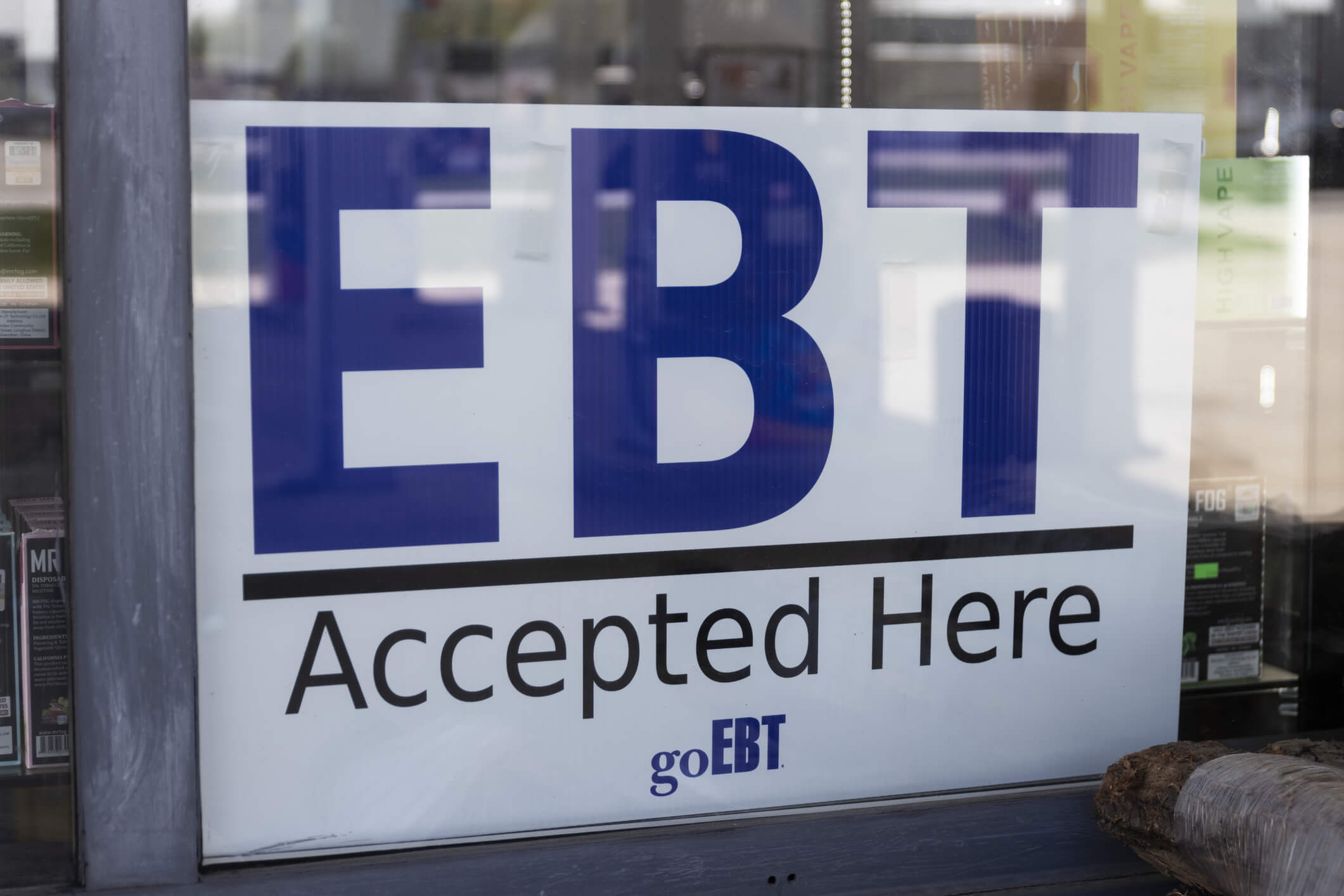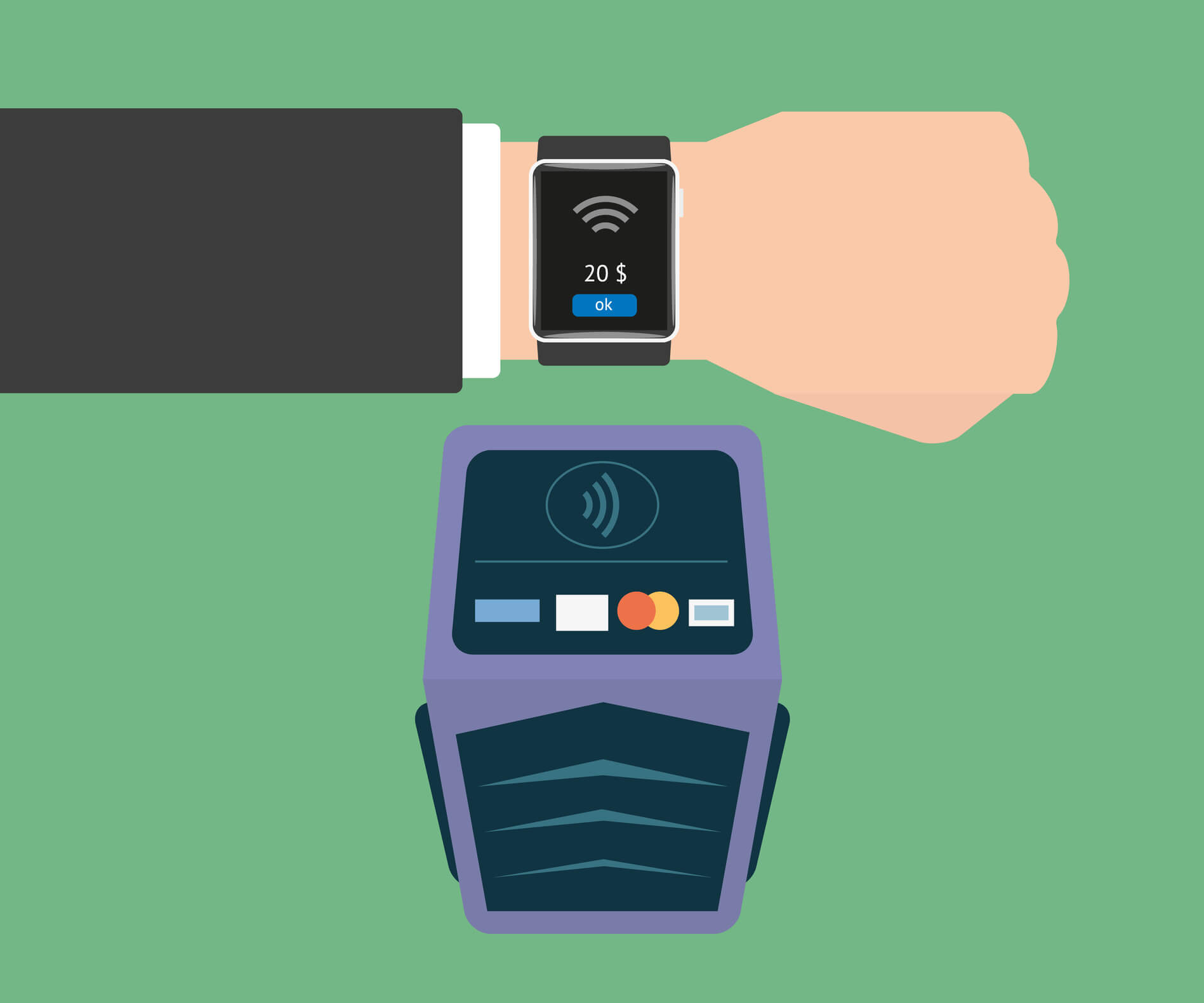Electronic Benefits Transfer has become a payment method for millions of families across the country. As more customers are on government assistance programs, merchants are recognizing the importance of accepting EBT to serve a wider audience and meet community needs. But many business owners find the system confusing or technical...
When EBT Transactions Are Reversed—And What Merchants Should Do
EBT purchases are occasionally reversed because of errors, fraud, or consumer-related issues. Merchants need to know why these reversals occur and how to deal with them in order to safeguard more better revenue and achieve uninterrupted operations. By being prepared ahead of time, retailers can mitigate losses, retain more and...
Common EBT Error Codes and How to Resolve Them
When an Electronic Benefit Transfer (EBT) transaction fails at checkout, it isn’t just a line delay—it’s a potentially serious breakdown impacting dignity, trust, and service. Understanding EBT error codes—and knowing how to interpret and fix them—can quickly resolve a frustrating situation, whether you're accepting cash or SNAP benefits. Why EBT...
SNAP and EBT: What’s the Difference?
Millions of individuals and families in the United States rely on government assistance programs to provide them with the food they need for basic sustenance. One of the most famous support programs is SNAP, or the Supplemental Nutrition Assistance Program, which is designed to assist low-income families to purchase food....
Are You Eligible to Accept EBT Payments? Key Requirements Explained
Electronic Benefit Transfer (EBT) is a system that allows recipients of government assistance programs to access their benefits through a debit card. This method of payment has replaced the traditional paper-based food stamp system, providing a more convenient and efficient way for individuals and families to purchase groceries and other...
EBT Payment Basics: A Glossary of Essential Terms
Electronic Benefit Transfer (EBT) is a system that allows recipients of government assistance programs to receive and use their benefits electronically. This system eliminates the need for paper checks and vouchers, making it more convenient and secure for both recipients and government agencies. In this article, we will explore the...
How to Start Accepting EBT Payments in Your Store
In today’s retail landscape, offering flexible payment options is essential for attracting and retaining customers. Accepting EBT (Electronic Benefit Transfer) payments allows businesses to tap into a significant customer base while supporting low-income households through government assistance programs like the Supplemental Nutrition Assistance Program (SNAP). By integrating EBT payment processing,...
How EBT Payment Processing Can Increase Customer Loyalty
In today's digital age, payment processing has become an integral part of any business operation. Electronic Benefit Transfer (EBT) payment processing is a system that allows eligible individuals to access government benefits, such as food stamps or cash assistance, through a debit card. While EBT payment processing is primarily associated...
The Pros and Cons of Accepting EBT Payments in Your Business
In today's digital age, electronic payment methods have become increasingly popular, offering convenience and efficiency for both customers and businesses. One such payment method is Electronic Benefit Transfer (EBT), which allows individuals and families to access government assistance programs, such as the Supplemental Nutrition Assistance Program (SNAP) and Temporary Assistance...
How to Train Staff for EBT Payment Processing
Learn how to effectively train your staff for EBT payment processing. Our comprehensive guide provides detailed explanations, FAQs, and a conclusion.
How EBT Payment Processing Reduces Transaction Costs
Electronic Benefit Transfer (EBT) payment processing is a crucial component of modern financial systems, particularly in the realm of public assistance programs. Understanding the key components and benefits of EBT payment processing is essential for stakeholders, including government agencies, retailers, and beneficiaries. At its core, EBT is a system that...
How EBT Payment Processing Works for Grocery Stores
Electronic Benefits Transfer (EBT) payment processing is a crucial component for grocery stores that accept government assistance programs such as the Supplemental Nutrition Assistance Program (SNAP). Understanding how EBT payment processing works is essential for grocery store owners and managers to ensure smooth transactions and compliance with federal regulations. At...
Requirements to Accept EBT Payments in Your Store
In today's modern world, electronic payment methods have become increasingly popular, providing convenience and efficiency for both consumers and businesses. One such payment method is the Electronic Benefit Transfer (EBT) system, which allows eligible individuals to access their government-issued benefits through a plastic card similar to a debit or credit...
How to Accept EBT Payments with Square
In today's digital age, accepting electronic payments has become a necessity for businesses of all sizes. One such payment method that has gained popularity is the Electronic Benefit Transfer (EBT) system. EBT allows recipients of government assistance programs, such as the Supplemental Nutrition Assistance Program (SNAP), to make purchases using...
The Impact of EBT Payments on Food Security
In today's society, food security is a critical issue that affects millions of individuals and families around the world. The ability to access nutritious and affordable food is essential for maintaining good health and overall well-being. However, many people, particularly those with low incomes, face significant challenges in meeting their...
How to Troubleshoot Common EBT Payment Issues
The Electronic Benefit Transfer (EBT) system is a government program that allows eligible individuals and families to receive benefits such as food stamps, cash assistance, and other forms of aid. While the EBT system has made it easier for recipients to access their benefits, it is not without its challenges....
The Future of EBT Payments: Trends to Watch
Electronic Benefit Transfer (EBT) payments have revolutionized the way government assistance programs distribute funds to eligible individuals and families. EBT payments provide a convenient and secure method for recipients to access their benefits, replacing the traditional paper-based system. Over the years, EBT payments have evolved to incorporate technological advancements, enhancing...
How to Set Up EBT Payment Processing for Your Business
In today's digital age, businesses need to adapt to various payment methods to cater to a diverse customer base. One such method is Electronic Benefit Transfer (EBT) payment processing, which allows businesses to accept payments from customers who receive government assistance benefits. This comprehensive guide will walk you through the...
How EBT Payment Processing Works
Electronic Benefit Transfer (EBT) payment processing is a system that allows government agencies to distribute benefits to eligible individuals and families in a convenient and efficient manner. EBT payment processing has revolutionized the way public assistance programs are administered, replacing traditional paper-based methods with electronic transactions. In this article, we...
Integrating EBT Processing with Other Payment Systems
In today's digital age, businesses are constantly seeking ways to streamline their operations and improve customer experience. One area where this is particularly important is in payment processing. Electronic Benefit Transfer (EBT) is a system that allows recipients of government assistance programs to access their benefits through a card-based payment...
How to Train Employees on EBT and SNAP Payment Processing
In today's modern world, electronic benefit transfer (EBT) and Supplemental Nutrition Assistance Program (SNAP) payment processing have become essential for ensuring efficient and secure transactions for individuals and families in need. As a result, it is crucial for businesses and organizations that accept EBT and SNAP payments to train their...
How to Integrate EBT Payments with Your POS System
In today's digital age, it is crucial for businesses to adapt to the changing landscape of payment methods. One such method that has gained significant popularity is Electronic Benefit Transfer (EBT) payments. EBT is a government program that provides assistance to low-income individuals and families by offering them a card...
How to Accept EBT Payments at Your Business
Electronic Benefit Transfer (EBT) is a system that allows recipients of government assistance programs, such as the Supplemental Nutrition Assistance Program (SNAP) and Temporary Assistance for Needy Families (TANF), to access their benefits through a debit card. EBT payments have become increasingly popular in recent years, with millions of Americans...


